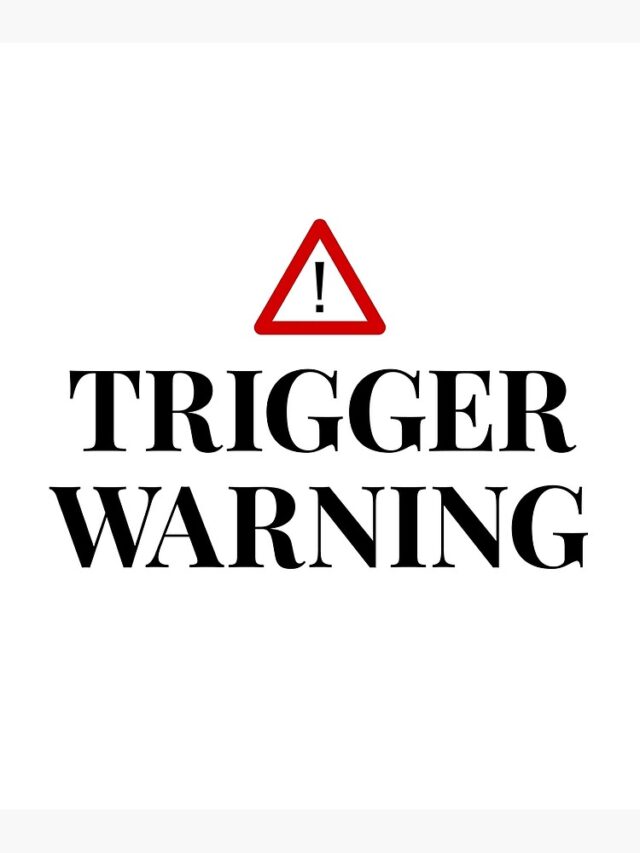Those of you who lurk in the bookish corners of the internet will likely be familiar with the concept of content and trigger warnings, but for the average reader, they may be new to you. The names speak for themselves – they are essentially warning at the start of books regarding any tropes or content that may be upsetting or triggering for some readers.
Much the same way as classification works for film and television (This film is rated MA and contains coarse language, strong bloody violence, and sexual references), content warnings give the readers a heads up of what to expect so they can make an informed decision before reading the book. They are generally included at the start of a book and are much more specific than the blurb. If the book contains scenes of domestic violence, someone who has been the victim of DV may find the content triggering. The warning gives them the option to skip the book entirely to avoid the triggering content.
So why are most readers not familiar with content warnings? Well, mostly because they’re not mandatory (like film classifications). Originally the domain of fanfiction, where stories would have tags and warnings added for readers to filter through, when it comes to published books, they aren’t seen very often. They are becoming more common, specifically in the romance and queer romance genres but it all depends on the individual author or publisher. Some don’t include them in the book itself but do on the digital store listing (such as Amazon or Kobo) or will have them listed on their website.
So why are they not used more frequently? Surely warning readers about potentially triggering topics is a no-brainer? Firstly, some authors feel that if they warn for one trigger (suicide for example) then they’d have to warn for everything and there isn’t a comprehensive list of triggers out there as trauma affects everyone differently. If they missed something, would the reader then have grounds for legal action? (we laugh about this in Australia, but some American university syllabi now require warnings to avoid potential legal action)
Then there is the debate about spoilers. Would warning readers about a kidnapping or murder spoil the story or give away key plot points? And what about genre? Should readers expect blood and violence in a crime thriller? Perhaps, but what happens when that same blood and violence occurs in a romance novel? Romances have a HEA (happy ever after) but it can be a dark and twisting road to reach that point. In this case, the genre of the book does little to help.
Finally, there is the opinion that readers must take responsibility for curating their own reads. There are numerous review sites out there where you can find these content warnings listed by readers who have come before you, so it can be relatively easy to hunt them down so why should the author bother with them?
Ultimately, in my opinion, content and trigger warnings cost the author nothing to include, can be skipped over by those that they don’t apply to, and can be extremely beneficial to those who need them. I would hope that they would become more common in the future, but if not, I strongly advise those that do want to know about potential triggers in a book to do their own research before reading.








